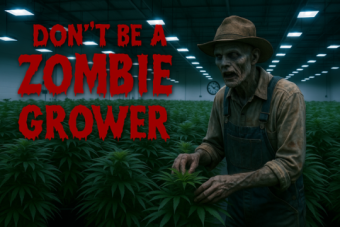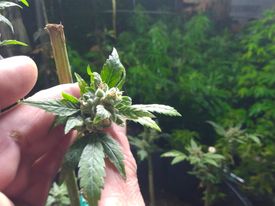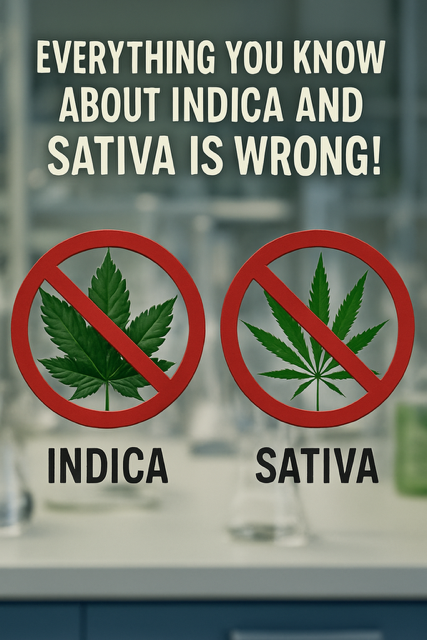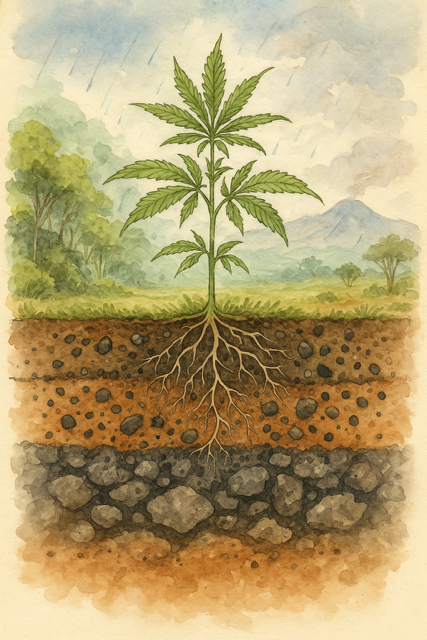
Let’s get this straight: if you’re still running an 18/6 or—heaven forbid—a 24/0 light schedule in veg, you’re not a cutting-edge grower. You’re a zombie grower. Marching in lockstep to outdated advice, burning watts, and burning money. Meanwhile, your plants are screaming, “Professor Potgrower would never do us dirty like this!” And they’re right.
The Smarter Way: 12-1
The **12-1 light cycle** is not just a trick—it’s a paradigm shift. Instead of blasting plants for 18 hours, you give them **12 hours of light, 5.5 hours of darkness, 1 hour of light, and another 5.5 hours of darkness.** That little one-hour “midnight snack” fools the plant into thinking the sun never set, keeping it in vegetative mode without the waste.
And here’s the kicker: that one hour isn’t fixed in stone. It doesn’t need to be 60 minutes on the dot. And it doesn’t need to be full-intensity either. What matters is the signal. Plants respond to *perceived daylight*, not our stopwatch fetish.
Plants grow more at night than they do in the daytime. During the day they’re photosynthesizing; at night they use stored sugars and carbohydrates to drive growth. On an 18/6 schedule, that means only six hours of darkness—six hours of accelerated growth. With 12‑1, you give them two separate 5.5‑hour dark periods. Two 5.5s beats one 6: more total dark time and more windows for accelerated growth.
Why Intensity Matters More Than Duration
Old school advice focused only on how many hours your lights were on. But modern horticulture proves intensity can be even more important. Case in point:
– A classic **chrysanthemum study** showed that brief, intense flashes of light during the dark period were enough to prevent flowering. In commercial greenhouses, growers literally used powerful strobe lights for milliseconds at a time to keep chrysanthemums vegetating. They didn’t need to run lamps for hours—just a zap of intensity did the job.
– Similar findings were confirmed in controlled studies published in the *Journal of the American Society for Horticultural Science*, where day-extension light—especially when paired with specific wavelengths—successfully suppressed flowering in short-day plants.
That’s right: milliseconds of the right intensity beat hours of wasted electricity. If chrysanthemums listen to flashes, why wouldn’t cannabis?
Books vs. Grow Rooms
Zombie growers cling to what’s printed in old grow books like scripture. But plants don’t read books—they read light. Real horticulture happens in the grow room, not the library. Professor Potgrower’s lessons are about practical wisdom, innovation, and energy efficiency.
Out-of-the-Box, Always
So ask yourself: are you growing like a zombie, stuck in the past, chained to outdated schedules? Or are you evolving, experimenting, and saving yourself (and your plants) with the 12-1 method?
With the 12-1 light cycle, you’ll get bigger plants, they’ll finish faster, and you’ll have a larger overall yield.
Professor Potgrower knows this game inside and out: **don’t just keep the lights on—keep your brain on.**
The Science Behind Flowering
It’s all about those chemicals that build up at night. During uninterrupted darkness, three key chemicals accumulate and trigger flowering. But with the 12-1 cycle, that brief light interruption wipes those chemicals out before they can build up enough to trigger flowering. This means your plants stay in veg mode longer, grow bigger, finish faster, and yield more.






